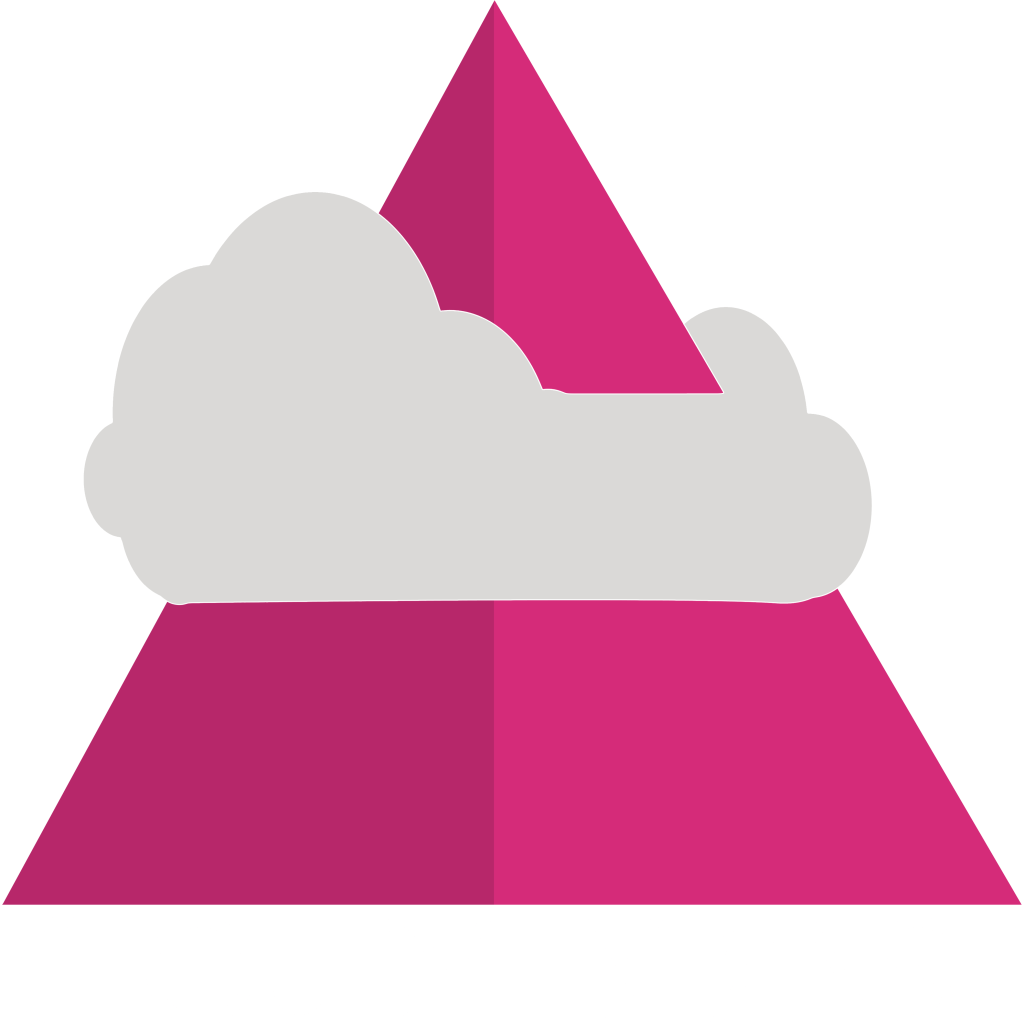Cloud vs. On-Premises Software: In the ever-evolving landscape of technology, businesses are constantly faced with critical decisions regarding their software infrastructure. One of the most significant choices is between cloud-based software solutions and on-premises software. This decision impacts various aspects of a business, from cost and scalability to security and maintenance.
Understanding the differences, advantages, and disadvantages of each option is crucial for making an informed choice that aligns with your organization’s goals and resources. In this article, we delve into the pros and cons of cloud vs. on-premises software, providing you with a comprehensive comparison to help guide your decision-making process.
Cost Efficiency: Analyzing the Financial Impact of Cloud vs. On-Premises Software
When it comes to financial considerations, cloud-based software often provides a more cost-effective solution for businesses. Cloud software typically operates on a subscription-based model, allowing companies to avoid substantial upfront costs and pay only for what they use. This can be particularly beneficial for startups and small businesses with limited budgets.
In contrast, on-premises software requires significant initial investment in hardware and licenses, along with ongoing maintenance costs. While on-premises solutions can offer long-term savings once the infrastructure is established, the higher initial expense and complexity of management can be a deterrent for many organizations.
Scalability: Meeting Growing Business Demands
Scalability is a crucial factor in choosing between cloud and on-premises software. Cloud-based solutions provide unparalleled flexibility, allowing businesses to easily scale their resources up or down based on current needs. This dynamic scalability ensures that companies can handle varying workloads without the need for significant hardware investments.
On the other hand, on-premises software requires additional hardware purchases and complex configurations to scale, which can be time-consuming and costly. The ease of scaling in the cloud makes it an attractive option for businesses experiencing rapid growth or seasonal fluctuations in demand.
Security and Control: Balancing Safety and Accessibility
Security is a top priority for any business, and the choice between cloud and on-premises software can significantly impact how data is protected. On-premises solutions offer greater control over security measures, as businesses can tailor their defenses to specific needs and regulatory requirements. However, this control comes with the responsibility of maintaining and updating security protocols.
Cloud providers, on the other hand, invest heavily in advanced security technologies and employ dedicated teams to monitor and manage threats. While some organizations may have concerns about data privacy in the cloud, reputable providers adhere to strict compliance standards, making cloud security robust and reliable.
Maintenance and Updates: Keeping Your Software Current
Regular maintenance and updates are essential for keeping software secure and efficient. Cloud-based software simplifies this process by automatically handling updates and maintenance tasks, reducing the burden on internal IT teams.
This ensures that businesses always have access to the latest features and security patches without any downtime. In contrast, on-premises software requires dedicated resources to manage updates and perform maintenance, which can be both time-consuming and costly. The automatic update feature of cloud software not only enhances security but also allows businesses to focus more on their core activities rather than IT management.
Deployment Speed: Accelerating Your Go-to-Market Strategy
The speed of deployment is a critical factor for businesses looking to implement new software solutions quickly. Cloud-based software offers rapid deployment capabilities, often enabling businesses to start using the software within minutes or hours. This swift implementation can accelerate go-to-market strategies and provide a competitive edge.
Conversely, on-premises software installation is a more complex process, involving hardware setup, software installation, and configuration, which can take weeks or even months. The quicker deployment time of cloud solutions allows businesses to respond more agilely to market demands and technological advancements.




